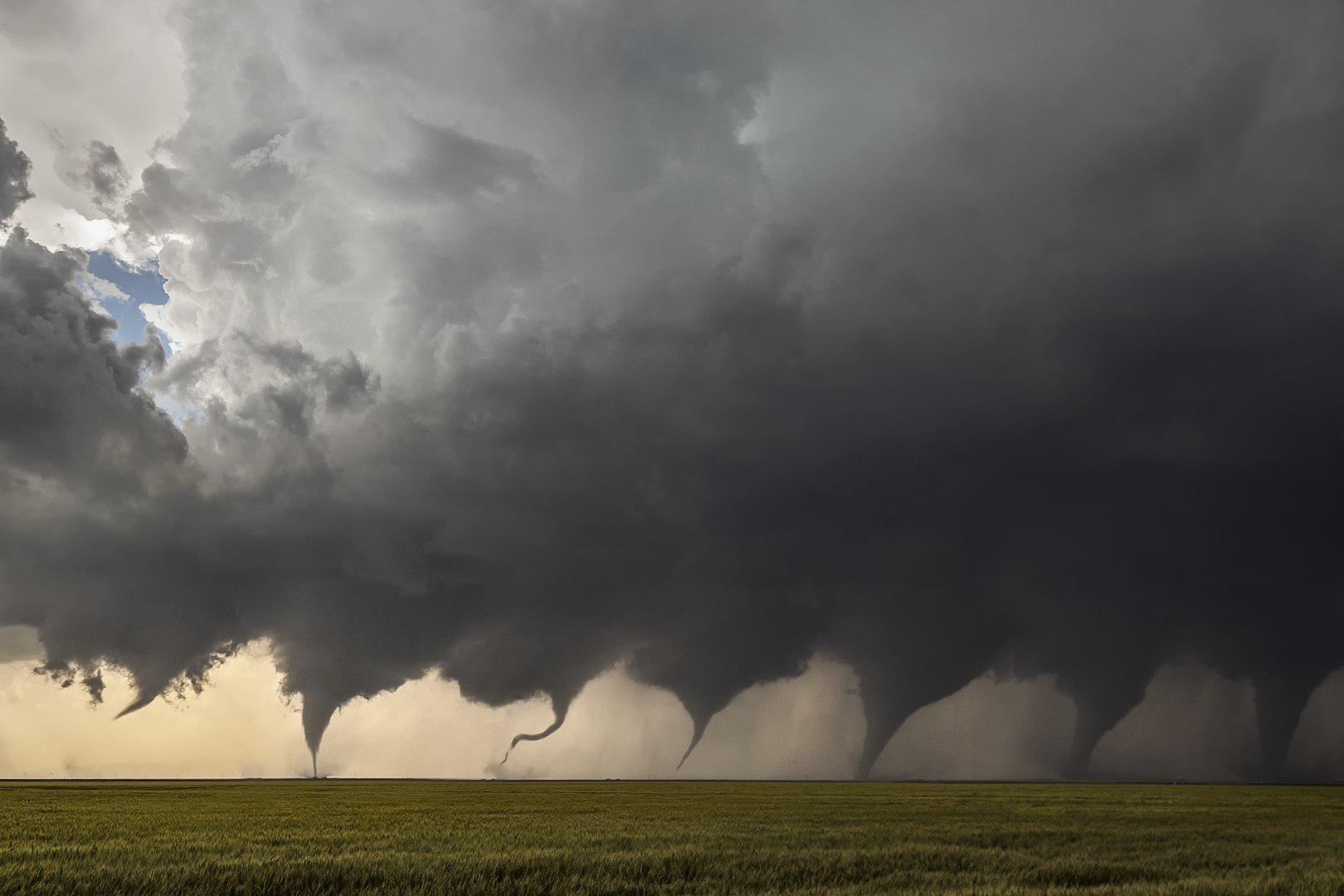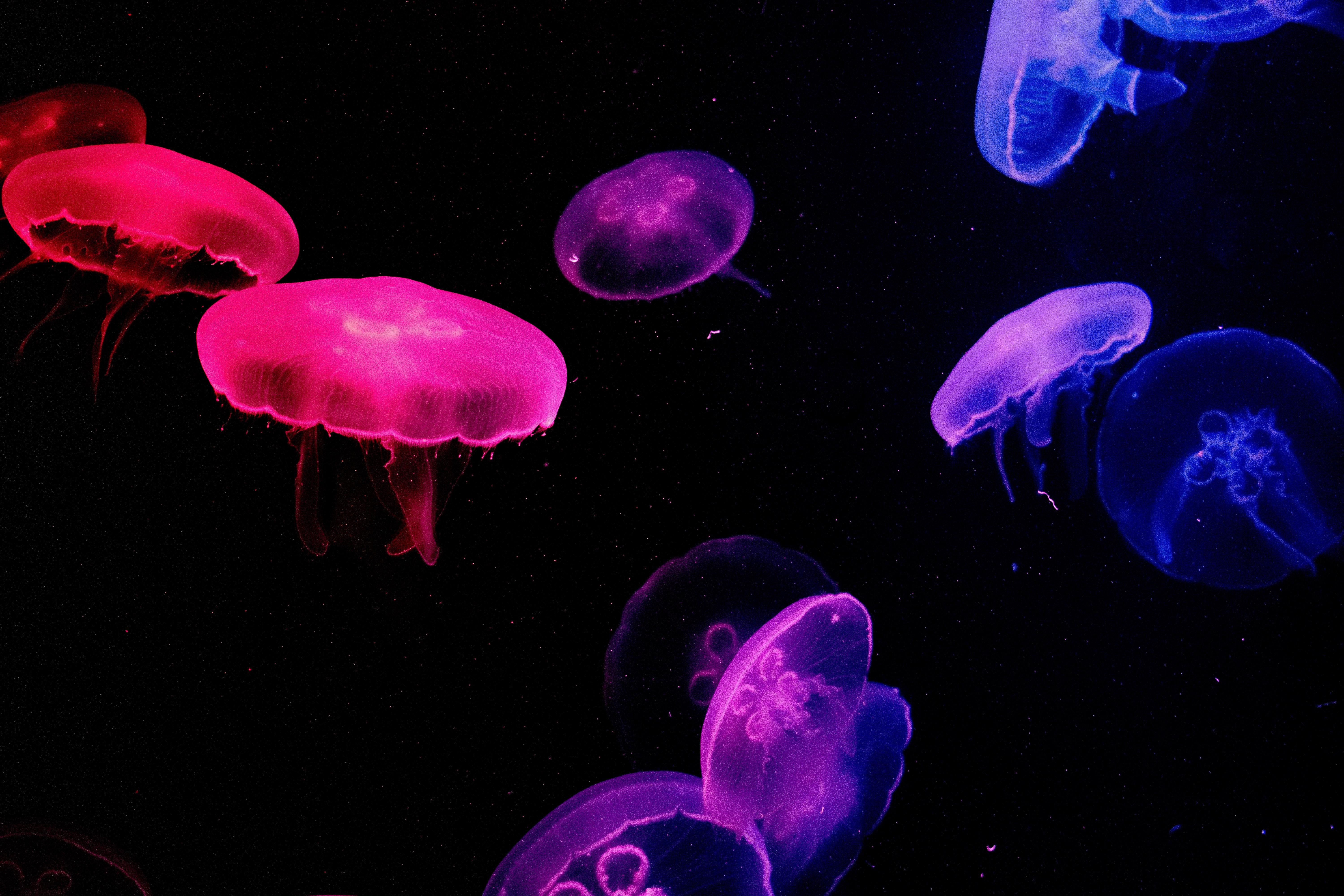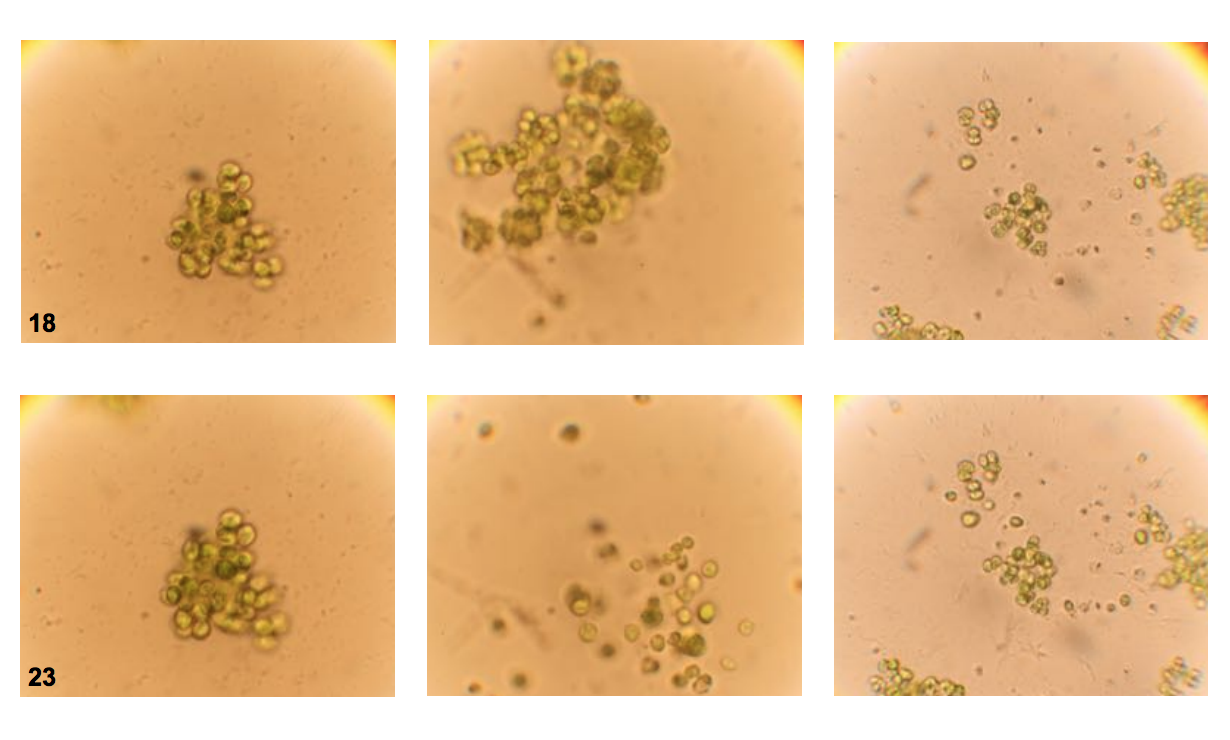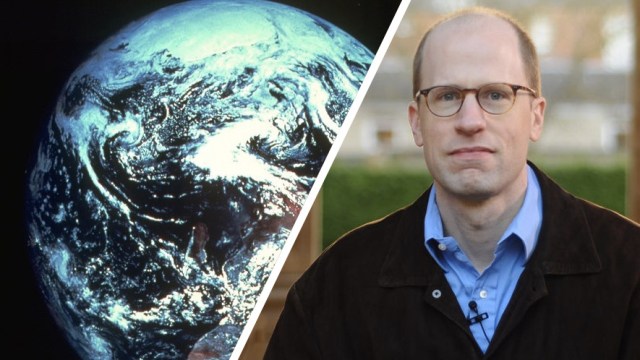Reflections on the pale blue dot
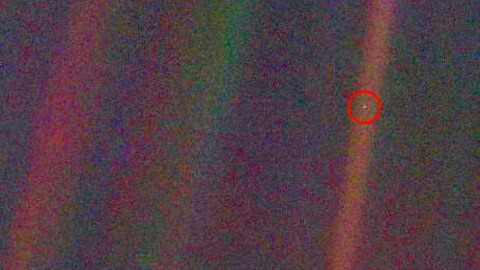
I recently had a bit of a shock when I learned that there are probably more people alive in the world who are younger than me than those who are older. It’s certainly hard to consider yourself “hip” when you learn something like this (and should probably stop using words like “hip” anyway).
This kind of perspective, about oneself and one’s place in the world, can be eye-opening. But we come to better understand ourselves with some context.
In asking what it means to be human, one important piece of context is to consider our shared position in the cosmos, as we travel along on our little rock, our Spaceship Earth. Seeing our world from the outside, from the perspective of space, can startle within us something that reminds us, even if momentarily, that this is our home and that we’re all in this together.
The original Pale Blue Dot image (Credit: NASA)
Back in 1990, the Voyager 1 spacecraft, while zipping further away from its place of origin, was instructed to turn around and snap a few pictures of the solar system from that vantage point—a “family portrait,” as it was called. The idea was to show us the view of our solar system from roughly 4 billion miles away.
One of the most striking and well-known images from this family portrait is a picture of our very own Earth. That now-famous image has come to be known as the Pale Blue Dot—shown at the top of this page. Looking at that picture is much like looking at one of our own family portraits to see our parents and perhaps siblings, but also to see ourselves, captured in a moment in time.
As Ann Druyan, the writer and producer (and spouse of the late astronomer Carl Sagan), pointed out in her reflections on the Voyager Missions, “[The Pale Blue Dot] is a way to grasp our true circumstances that can pierce even the fiercest form of denial. To see it is to know that we all live on a tiny dot.”
No matter our backgrounds or solidly held opinions, we all share the same world. And our Earth, and even more so ourselves, are vanishingly small when compared to scales of solar systems, galaxies, and the universe.
Scale and perspective
We humans aren’t very good when it comes to our sense of scale—particularly in the context of the vastness of the universe.
Think of an orange. You can easily visualize not just the fruit, but also its size—a spherical object that could fit in your hand. But if you think about something like an atom—one of the particles composed of protons, neutrons, and electrons that make up the part of the universe that we perceive—then you probably really don’t have a very good intuitive sense of the size of it. You might see in your mind a model of atoms, but that doesn’t really mean you’d have a good sense of the scale of an atom.
Atoms can vary slightly in size, but let’s say a typical atom is somewhere around 100 pm (that’s 100 picometers, or 10-10 meters). Although oranges can also vary in size, an orange is generally about a billion times bigger than an atom. To give you an idea of how much bigger that is, the difference between the sizes of an atom and an orange is about the same as the difference in sizes between you and the diameter of the sun! I know, it’s mind-boggling. But even people who research particle physics or planetary science have a hard time wrapping their heads around these sizes and scales.
Still, comparing atom sizes to other things (e.g. oranges, humans, solar systems) gives us a little perspective. It helps frame our understanding by making these things more relevant to our everyday lives. The same thing can be done for time as well. We’re pretty good at understanding minutes, hours, and days, but when it comes to understanding things that happened millions or billions of years ago (or won’t happen until long into the future), it’s helpful to compare such time periods to the things that we do understand.
But finding relative ways to understand scale in our universe is about more than framing what we’ve learned about the cosmos from our current place in time and space. We also discover something about meaning in our own lives when we view ourselves through a cosmic lens.
Finding meaning in insignificance
Besides being an incredibly beautiful image, the Pale Blue Dot gives us some perspective on the scale of our world. Just as we can hold an orange and know that it is some billion times bigger than just one of the atoms making it up, when we look at the Pale Blue Dot—our world as a little point of light from 4 billion miles away—it gives us a scale of reference. That Pale Blue Dot reminds us that our world—and everything on it and in it—is as miniscule, compared to our solar system, as an atom is to an orange.
When I speak at museums or planetariums about this very perspective and these literally astronomical scales, some folks will say how this makes them feel insignificant—diminished in the face of the universe. And, in some ways, we are insignificant—our daily actions and attitudes have no effect on the orbits of the worlds around our star, and in the grand scope of cosmic history, the posturings and pretentions of “great leaders” become trivial.
But our insignificance at one scale doesn’t preclude our significance at other scales. Our actions might not have much noticeable effect on planetary orbits, but our actions can have great impact when we help a friend in need, teach someone something new, or to brighten the day of a passerby with smile or gesture of kindness. We are more than simple cogs in a machine. We are active members of our families and communities and, on a grander scale, key players in our world’s biosphere.
When Voyager 1 took the image of the Pale Blue Dot (when I was, incidentally, younger than more that 80 percent of the world’s population), it gave us a new picture for our photo album of perspective. It reminded us that we are riders on this world together. When I look at the Pale Blue Dot, it reminds me that, even though my actions today will likely not register on any planetary or galactic scale, our little corner of the universe is our home and one that we should treat with respect.
Graham Lau is an astrobiologist and communicator of science. He’s currently the Director of Communications and Marketing for Blue Marble Space, a Research Scientist with the Blue Marble Space Institute of Science, the Director of Logistics for the University Rover Challenge, and a co-host of the show Ask an Astrobiologist. You can find him on Twitter and Instagram as @cosmobiologist.
The post Reflections on the Pale Blue Dot appeared first on ORBITER.
